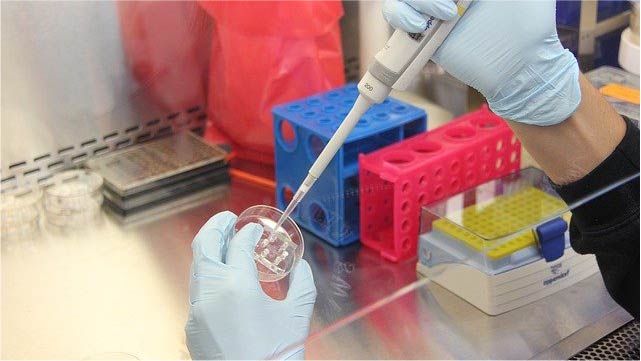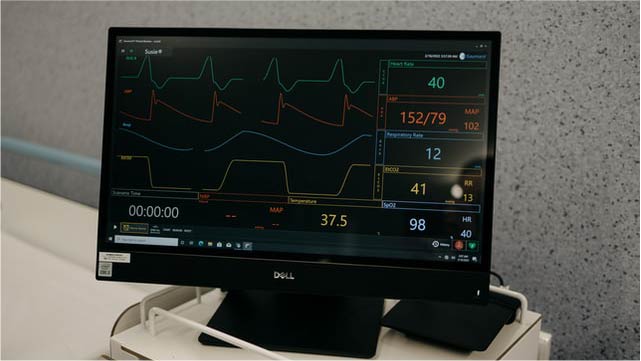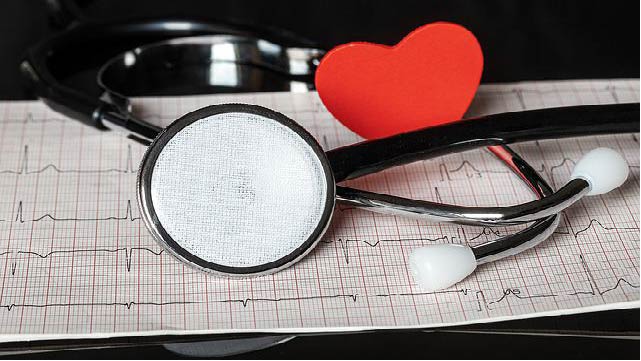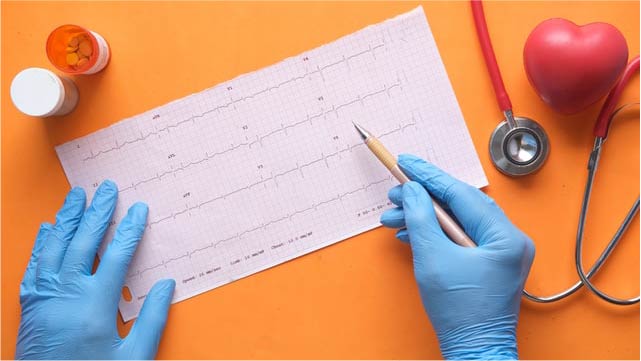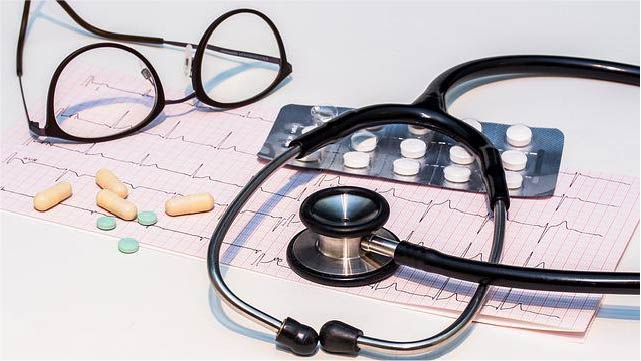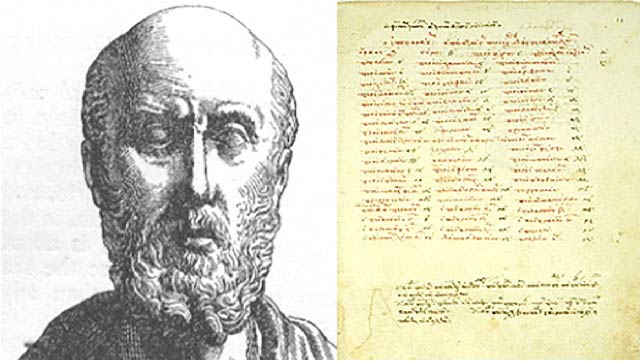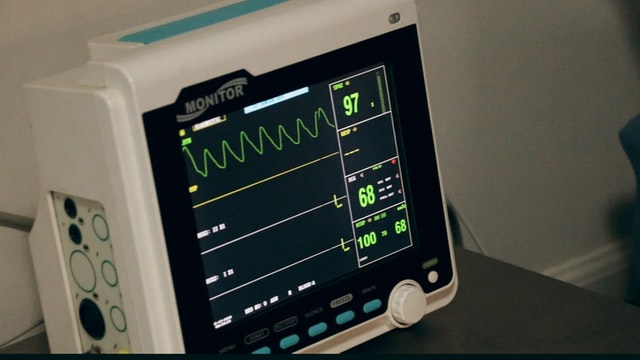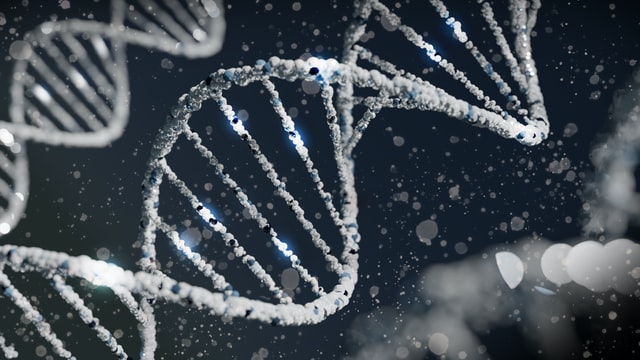For pathologies such as arrhythmic ones, research is essential, as is keeping up to date
This is the section dedicated to the more technical aspects of treatment, prevention and information on heart diseases. This focus on research allows users and associates to connect with the latest tools and discoveries. For GECA, keeping up with innovations and having a complete view of the scientific world is a mission: spreading knowledge to inform, help, prevent.
Good news on the research front
Arrhythmogenic cardiomyopathy: a trial on a medicinal product able to inhibit the molecular mechanisms responsible for the risk of sudden cardiac death in young athletes and interrupt the progression of the disease has yielded promising preliminary results. (more…)
Nava-Martini-Thiene (or Brugada) syndrome
Dealing with the problem rationally rather than emotionally (more…)
Arrhythmic risk stratification for the prevention of fatal events
Arrhythmias (abnormal heart rhythms) are amongst the most common causes of fatal events in youngsters who are apparently healthy or are known to have heart disease. (more…)
New scenarios in cardiology
How treatments are creating new types of patients with heart disease.
Cardiology is one of the disciplines that has benefited most from the huge progress made in technology that has allowed a significant improvement in diagnostic and treatment capabilities; however, these aspects are only able to eliminate or mitigate a symptom, such as angina in a subject with coronary disease, dyspnoea in a subject with heart valve disease, or cyanosis in a subject with congenital heart disease, and while they can lead to improvements in quality of life and longer survival, they do not lead to a cure. (more…)
Cardiovascular prevention: a chimera?
In 1768, William Heberdeen wrote “There is a disorder of the breast, marked with strong and peculiar symptoms, considerable for the kind of danger belonging to it, and not extremely rare, of which I do not recollect any mention among medical authors. (more…)
FOR A MORE HUMANE TYPE OF MEDICINE
The improvement in population health is due more to socioeconomical and cultural development and lifestyle improvements than scientific discoveries (as stated in a World Health Organization report). We are more resistant and physically less prone to attack than our ancestors due not to what we do when we are ill, but because we get sick less often, and this is not due to a specific treatment or therapy, but simply because we live in a more wholesome environment. (more…)
Other heart diseases
DILATED CARDIOMYOPATHY
It is a disease characterised by a dilation of both ventricles, whose systolic function is decreased (especially the left ventricle). (more…)
Arrhythmogenic cardiomyopathies
Arrhythmogenic cardiomyopathies are heart conditions in which arrhythmias constitute the prevalent symptom. Almost all have a genetic basis and they consist, essentially, in mitral valve prolapse, long QT syndrome, ST segment elevation in the right precordial leads (“Martini-Nava-Thiene syndrome” or “Brugada syndrome”), hypertrophic cardiomyopathy, exertion-induced polymorphic ventricular arrhythmias, acute and chronic myocarditis and arrhythmogenic right ventricular cardiomyopathy. (more…)
Introduction to genetics
All our hereditary characteristics are deposited in the DNA contained in each individual cell, which is condensed into 23 pairs of chromosomes, in which each pair is constituted by a chromosome of maternal material and another of paternal material. Each of us therefore simultaneously contains part of our father’s genetic make-up and part of our mother’s.
Good news on the research front
Arrhythmogenic cardiomyopathy: a trial on a medicinal product able to inhibit the molecular mechanisms responsible for the risk of sudden cardiac death in young athletes and interrupt the progression of the disease has yielded promising preliminary results. (more…)
Nava-Martini-Thiene (or Brugada) syndrome
Dealing with the problem rationally rather than emotionally (more…)
Arrhythmic risk stratification for the prevention of fatal events
Arrhythmias (abnormal heart rhythms) are amongst the most common causes of fatal events in youngsters who are apparently healthy or are known to have heart disease. (more…)
New scenarios in cardiology
How treatments are creating new types of patients with heart disease.
Cardiology is one of the disciplines that has benefited most from the huge progress made in technology that has allowed a significant improvement in diagnostic and treatment capabilities; however, these aspects are only able to eliminate or mitigate a symptom, such as angina in a subject with coronary disease, dyspnoea in a subject with heart valve disease, or cyanosis in a subject with congenital heart disease, and while they can lead to improvements in quality of life and longer survival, they do not lead to a cure. (more…)
Cardiovascular prevention: a chimera?
In 1768, William Heberdeen wrote “There is a disorder of the breast, marked with strong and peculiar symptoms, considerable for the kind of danger belonging to it, and not extremely rare, of which I do not recollect any mention among medical authors. (more…)
FOR A MORE HUMANE TYPE OF MEDICINE
The improvement in population health is due more to socioeconomical and cultural development and lifestyle improvements than scientific discoveries (as stated in a World Health Organization report). We are more resistant and physically less prone to attack than our ancestors due not to what we do when we are ill, but because we get sick less often, and this is not due to a specific treatment or therapy, but simply because we live in a more wholesome environment. (more…)
Other heart diseases
DILATED CARDIOMYOPATHY
It is a disease characterised by a dilation of both ventricles, whose systolic function is decreased (especially the left ventricle). (more…)
Arrhythmogenic cardiomyopathies
Arrhythmogenic cardiomyopathies are heart conditions in which arrhythmias constitute the prevalent symptom. Almost all have a genetic basis and they consist, essentially, in mitral valve prolapse, long QT syndrome, ST segment elevation in the right precordial leads (“Martini-Nava-Thiene syndrome” or “Brugada syndrome”), hypertrophic cardiomyopathy, exertion-induced polymorphic ventricular arrhythmias, acute and chronic myocarditis and arrhythmogenic right ventricular cardiomyopathy. (more…)

